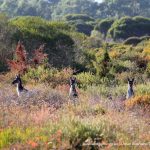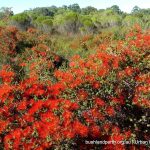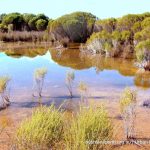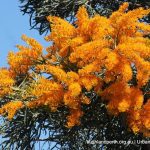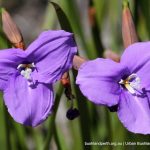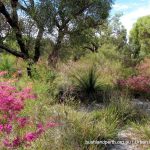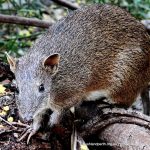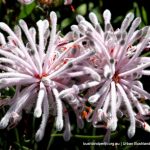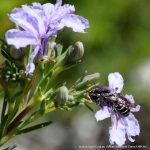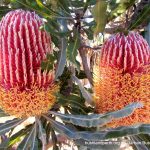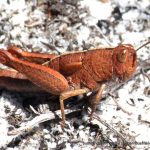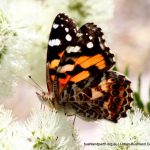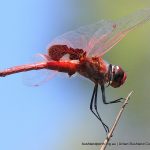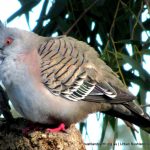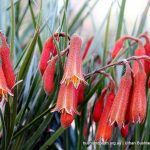Anstey-Keane Dampland
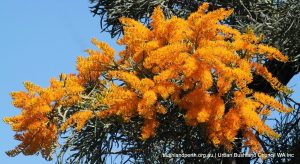
A Botanical Jewel: The Anstey-Keane Dampland is the second most floristically diverse Bush Forever site on the Swan Coastal Plain and has more plant species than Kings Park. More importantly, its vegetation is in excellent condition. It is an area of high biological importance.
This small patch of bush is home to a remarkable diversity of plant species amid an ever-encroaching urban environment. It is located about 30 km south of the Perth CBD in the heart of semirural and semi-urban Forrestdale between Nicholson Road and Tonkin Highway and north of Armadale Road. Anstey – Keane Dampland forms an important part of the Jandakot Regional Park.
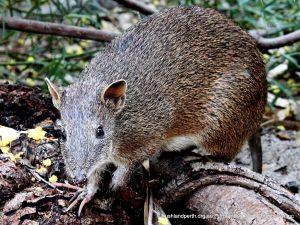
The bush here harbours 381 plant species including the swamp fox banksia (Banksia telmatiaea), one-sided bottlebrush (Calothamnus hirsutus), swamp cypress (Actinostrobus pyramidalis), sand bottlebrush (Beaufortia squarrosa), and Regelia ciliata. They provide important habitat for the southern-brown bandicoot, or quenda (Isoodon obesulus).
Access to Anstey-Keane Dampland
Access Anstey-Keane Dampland by using the stile at the corner of Anstey and Keane Roads as indicated by the placemark on the map below. Sandy tracks fan out from here north and west. The best time to visit is early in the morning in September or October when many plants are flowering and when bird life is prolific.
Threats
Anstey-Keane Dampland was under threat from a City of Armadale development application. The good news – Environment Minister Jacobs ruled, 14 Nov 2014, against the application!
The bad news; the Water Corporation is now proposing an equally unacceptable easement for a wastewater pipeline through the Reserve.
Details on both issues are available here.
Resources
Friends of Forrestdale look after this precious place.
Read all about Anstey Keane as published in Kwongan Matters.
The material presented here is partly sourced from DPaW’s Landscope Winter Edition 2009. Detailed information on adjacent Forrestdale Lake is available from the Forrestdale Lake Management Plan. The Jandakot Regional Park Management Plan provides further context.

